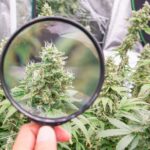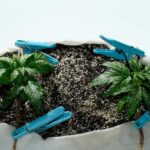The Best Fluffy Pancakes recipe you will fall in love with. Full of tips and tricks to help you make the best pancakes.
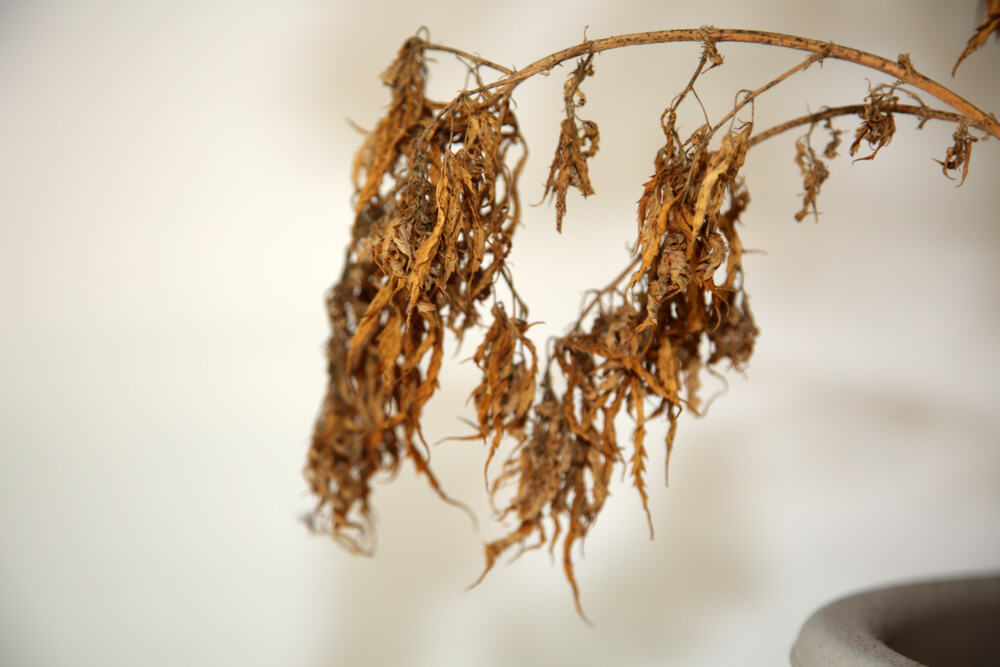
Do Autoflowers Die After Flowering?
If you’re growing autoflowers for the first time, it’s natural to wonder what happens once they finish flowering. You might ask: Do they keep growing? Can they flower again? Will they just…die? Autoflowering cannabis strains are different from photoperiod strains in several key ways, and their life cycle is one of them. I’ve grown countless autos in my time as a breeder, and I can tell you – yes, autoflowers do die after flowering, but there’s more to it than that.
In this article, I’ll walk you through what actually happens after flowering, how to recognize when your plant is near the end of its life, and what to do once it’s finished. I’ll also bust a few myths about cloning and re-vegging autos, and share a few things most growers don’t realize until it’s too late. Let’s get into it.
What Happens to Autoflowers After Flowering Ends?
Understanding the cannabis life cycle: veg to flower to death
Autoflowers go through the same basic life cycle as any cannabis plant: seedling → vegetative → flowering → senescence (death). The difference is, they do it on their own schedule.
Where photoperiod plants rely on changes in light cycle to trigger flowering, autoflowers don’t. They’re hardwired to start flowering after a certain number of weeks—usually around week 3 or 4. Once they flip into flower, they spend a few weeks packing on buds before naturally entering the end-of-life phase.
This whole cycle typically takes 8 to 12 weeks from seed to harvest. Once flowering finishes, the plant no longer puts energy into growth. Instead, it focuses entirely on ripening the buds. Then it begins senescence—leaves yellow, growth slows, and the plant prepares to die.
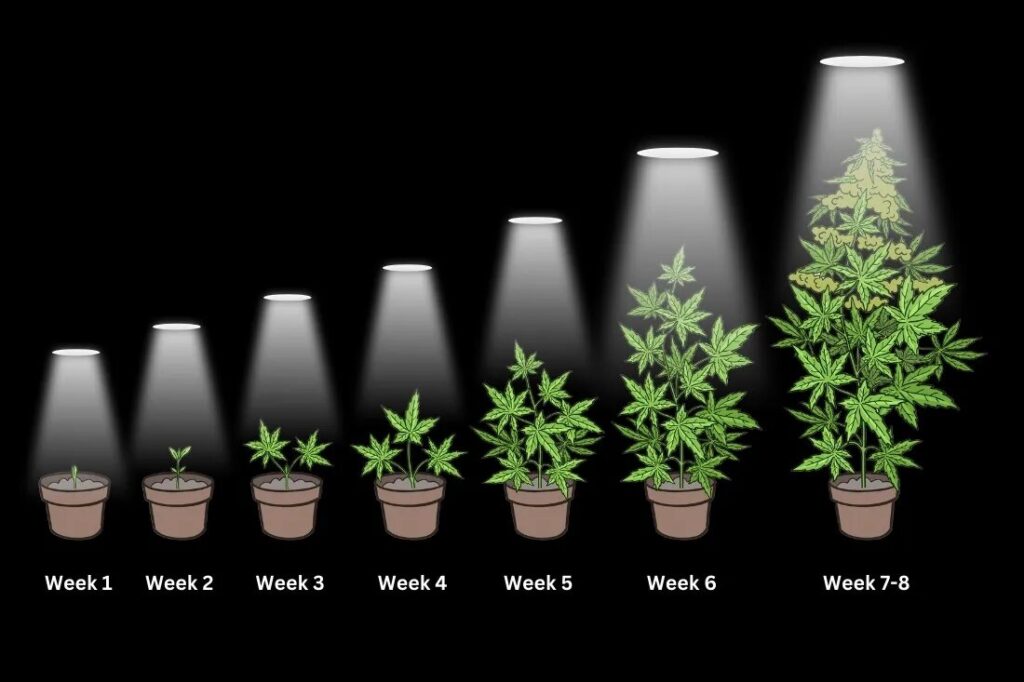
Why autoflowers naturally die after flowering
Autoflowers are genetically programmed to die after flowering. This is because they contain Cannabis ruderalis genetics, which evolved in short growing seasons in cold climates. In nature, ruderalis doesn’t wait around for longer daylight—it gets in, gets flowered, and gets out fast.
Once the plant has finished producing and ripening its buds, it shuts down. It’s not a mistake or a deficiency—it’s just what they do. You can give your autoflower 24 hours of light, perfect humidity, and nutrients for days, but when it hits the end of its life cycle, it’s done.
I’ve seen growers try to keep their autos alive by trimming off all the buds, flushing, or giving them new light schedules. Trust me—it doesn’t work. Once she’s flowered, she’s on a one-way trip to compost town.
Is it possible to re-veg autoflowers?
Re-vegging is when you return a flowering plant to veg by switching the light cycle back to 18/6 or 24/0. With photoperiod strains, this works well. But with autoflowers? Not so much.
Because autos flower based on age, not light, they don’t respond to changes in the light cycle. I’ve tried re-vegging autos out of curiosity and scientific stubbornness—and every time, the result was a stressed, dying plant that refused to grow new leaves.
Some growers online claim they’ve successfully re-vegged an auto. Maybe. But even if you somehow trick one into producing leaves again, it’ll be stunted, weak, and produce very little. Re-vegging autoflowers isn’t a viable strategy. Focus your energy on a fresh seed instead.
How Long Does the Flowering Phase Last in Autoflowers?
Average flowering duration and factors that affect it
Autoflowers typically spend 4 to 6 weeks in the flowering stage. The exact length depends on the strain. Some sativas flower for up to 8 weeks, while indica-heavy autos may be ready in 3.5 to 4 weeks.
There are a few things that can influence how long your autoflower stays in bloom:
- Genetics – The biggest factor. Each strain has a typical flowering time.
- Environment – Cold temps, high humidity, or poor lighting can slow flower development.
- Nutrients – Too much nitrogen in flower can delay maturity.
- Stress – Major stress events like topping or overwatering can stall the plant.
While you can’t stop an auto from flowering, you can delay how fast it matures. But once flowering begins, the clock is ticking.
Signs your autoflower is nearing the end of its life cycle
By the time your autoflower is wrapping up, it’ll be telling you loud and clear. Here’s what to look for:
- Yellowing fan leaves – Normal at this stage; the plant is redirecting energy to the buds.
- Pistils darkening and curling in – A clear sign buds are maturing.
- Trichomes turning cloudy or amber – This is the best signal to harvest. I use a jeweler’s loupe to check them closely.
- No new bud growth – When vertical growth stops and buds stop fattening, the plant is done.
At this point, even if the leaves are dropping and looking sad, don’t panic—it’s natural. You’re at the final stretch.
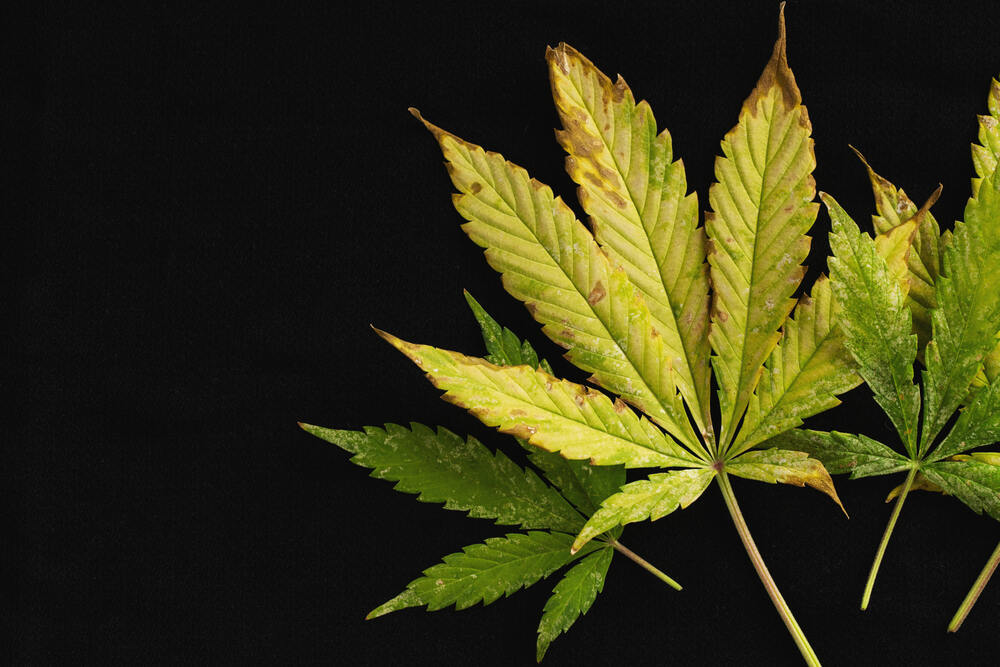
What to expect in the final weeks of flowering
The last two weeks are when everything ripens. Buds swell, pistils darken, and trichomes shift from clear to cloudy to amber. This is also when many growers flush their plants—stopping nutrients and giving just water.
This stage is about monitoring—not manipulating. Let the plant do its thing. I check trichomes daily, make sure humidity is below 50%, and avoid touching the buds too much. That sticky resin is gold.
Expect some fade—yellowing leaves, a bit of droopiness, and an overall “autumn” look. That’s your plant saying goodbye.
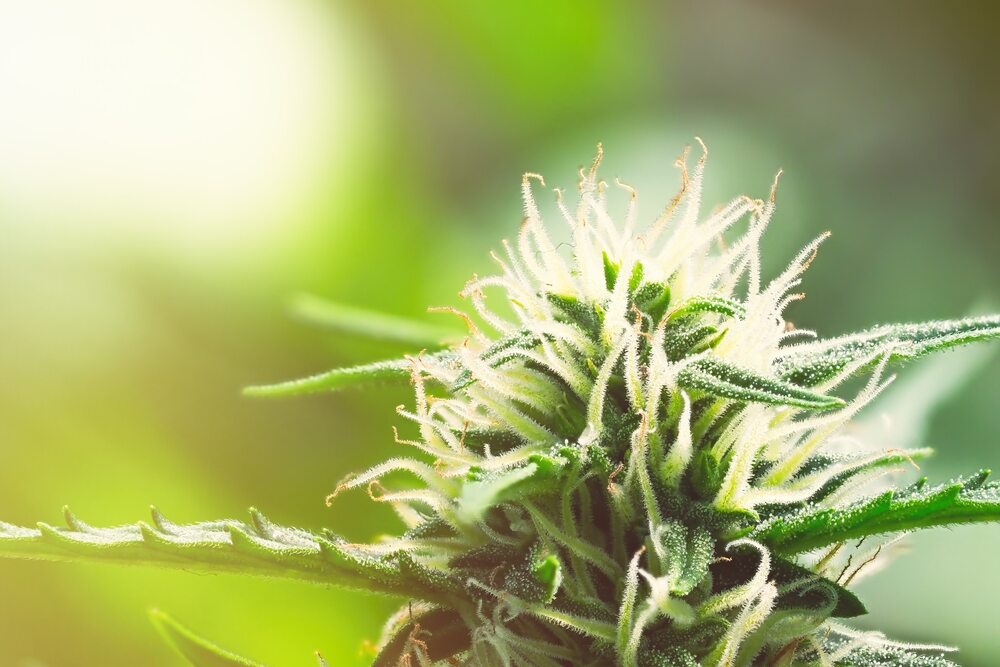
Can You Extend the Life of an Autoflowering Plant?
Why cloning or re-vegging autoflowers doesn’t usually work
Autoflowers don’t clone well. I’ve tried taking cuttings in early veg, but by the time they root, they’re already halfway through their lifespan. Even if you do get a clone to survive, it’ll probably flower immediately, producing a tiny popcorn-sized nug.
This happens because the internal “age clock” isn’t reset in a clone. Unlike photoperiods, autoflowers don’t start their life anew when cloned—they continue the same genetic timer. So while you can try cloning, I don’t recommend it unless you’re experimenting.
Myths vs. facts: forcing more yield post-flower
There’s a myth floating around that if you keep feeding your autoflower and extend light hours, it’ll keep producing more buds. That’s not how autos work.
Once they hit late flower, no amount of light or food will change the timeline. In fact, overfeeding can backfire—causing nutrient burn, foxtailing, or even mold.
Instead of forcing more yield, focus on:
- Picking a high-yield strain like Gorilla Glue Auto or Zkittlez Auto
- Giving strong light during early flower (at least 300-500 PPFD)
- Training early during veg (LST works well with autos)
What happens if you delay harvesting?
Leaving your plant too long can cause a few problems:
- Degraded THC – Trichomes go from cloudy to amber to dead. You’ll lose potency.
- Bud rot – Older, denser buds are more prone to mold.
- Harsh smoke – Overripe buds often taste earthy or grassy.
You want to harvest at peak ripeness. If most trichomes are cloudy with some amber (around 10-20%), that’s the sweet spot for potency and flavor. I’ve pushed some autos past their peak just to see—and trust me, it’s not worth the risk.
What To Do After Your Autoflower Dies
How to properly harvest and cure your buds
Once your auto has run its course, it’s time to harvest. I chop the whole plant at the base and hang it upside down in a cool, dark space with 50-60% humidity and 18-21°C temps.
Drying takes about 7-10 days. Once stems snap instead of bend, buds go into glass jars for curing. Open jars daily for the first week, then less frequently over the next few weeks. Curing enhances smell, smoothness, and potency.
Best way to dispose of or compost the dead plant
Dead autos are mostly stems, roots, and a few dry leaves. I strip the root ball from the pot and either:
- Compost the leftovers (they’re organic gold)
- Dry and discard if there’s pest or mold concerns
If you’re using living soil, you can chop the stem at the base and leave the roots to break down naturally.
Reusing soil and preparing your next grow
I reuse my soil after every auto run. Here’s what I do:
- Remove old root ball and debris
- Top up with compost, worm castings, or dry amendments
- Water and let sit for a week or two to rebalance microbes
You can also solarize your soil in the sun to kill pathogens. Reusing soil is cheaper, sustainable, and great for microbial life.
Are There Any Exceptions to the Rule?
Can stress cause an autoflower to live longer or die early?
Yes, absolutely. Autos can be sensitive to stress, especially in early veg. Stress can:
- Delay flowering (in rare cases by up to a week or two)
- Cause early flowering if severely stunted
- Shorten lifespan if roots are damaged or the plant is topped
This also means that the plant’s “death timer” can be somewhat influenced by early conditions, but once flowering starts, it’s mostly fixed.
Are there rare cases of autoflowers re-vegging or regenerating?
Rare doesn’t begin to describe it. There are anecdotal claims online of autoflowers showing re-veg traits—new leaf growth, or green shoots from harvested stumps. But I’ve never seen one fully re-enter veg and grow new buds.
Some of these “re-veg” stories are actually just late hermaphroditism or genetic mutations. As a breeder, I don’t recommend chasing these outliers. Autoflowers aren’t built to regenerate like photoperiods.
How breeders and growers experiment with unusual outcomes
That said, some breeders are pushing boundaries. I’ve seen experimental crosses with longer lifespans, semi-photo traits, and even regenerative capabilities in early trials.
While this stuff is fun to explore, most autoflowers today are single-run, one-shot plants. Grow them, enjoy them, and then start fresh. The simplicity is part of their beauty.
Conclusion
So, do autoflowers die after flowering? Yes—it’s part of their natural rhythm. They grow, they flower, and then they die. You can’t re-veg them, you can’t clone them effectively, and you can’t stretch their life once they’re on the final stretch. But that’s what makes them special: a fast, self-contained grow that’s perfect for beginners, small spaces, and efficient harvests.
By understanding their life cycle and learning to read the signs, you can get the most from every autoflower you grow. And once she’s done? Roll up your sleeves, dry those buds, and start again.


